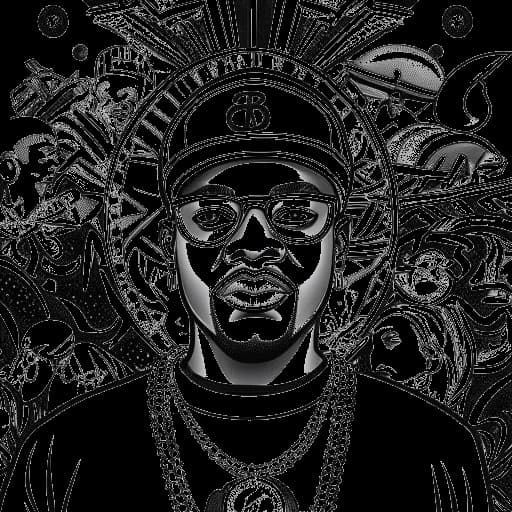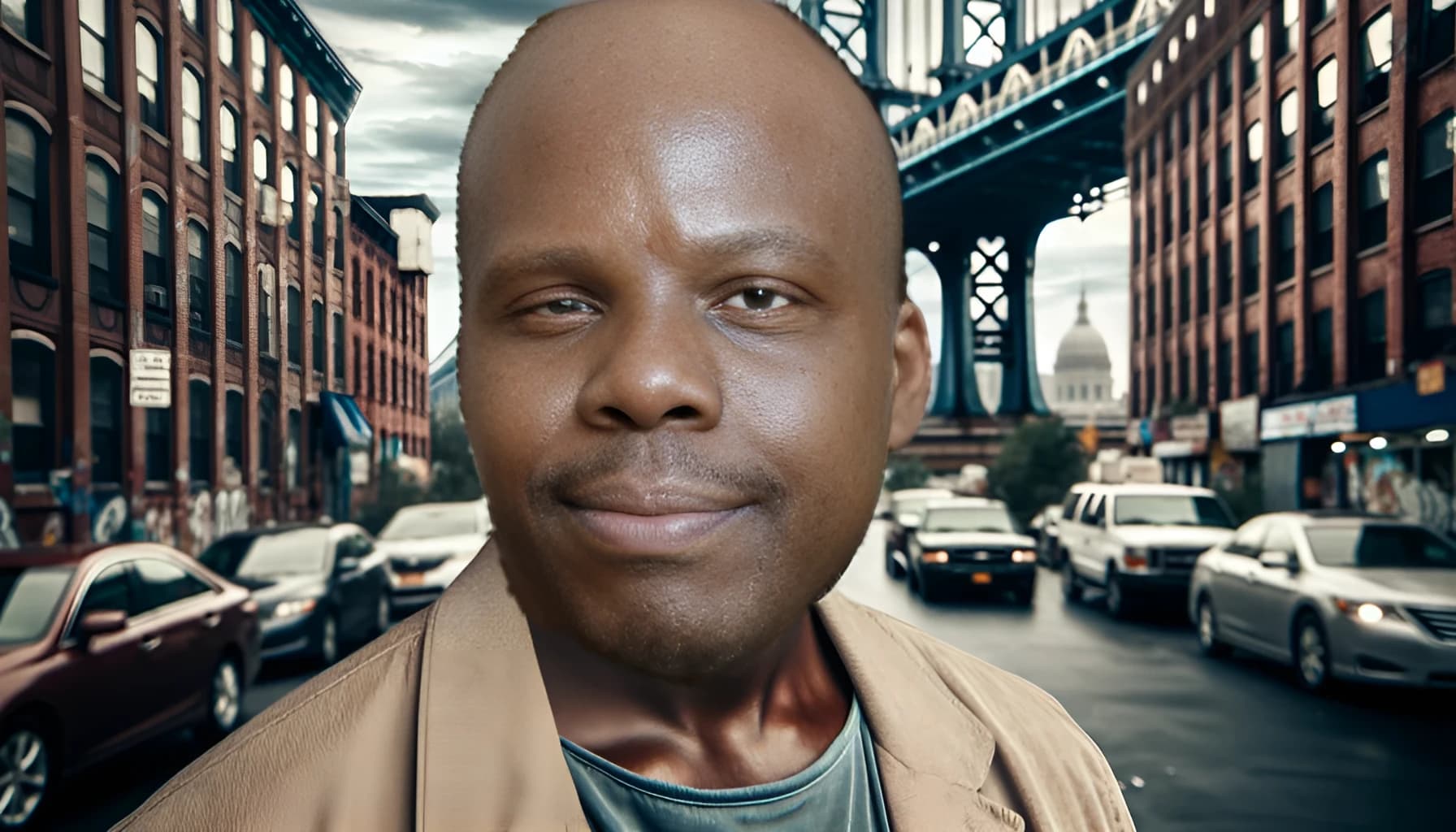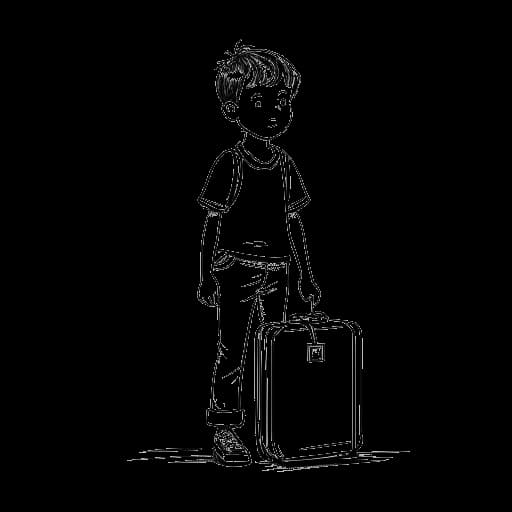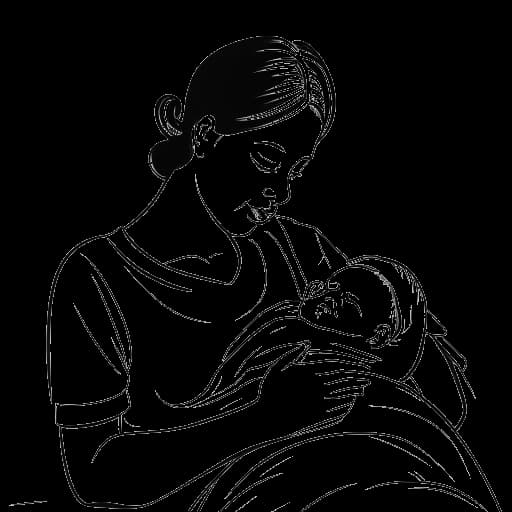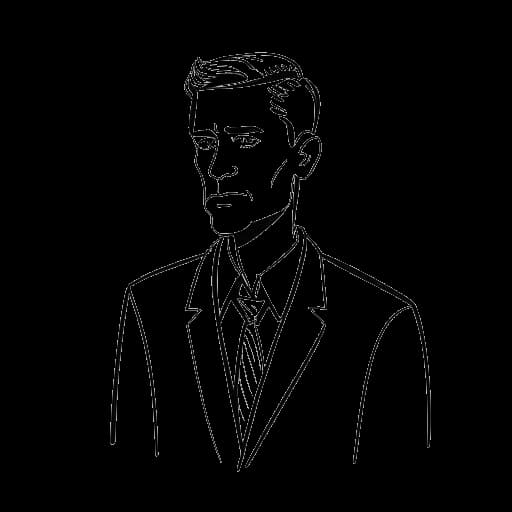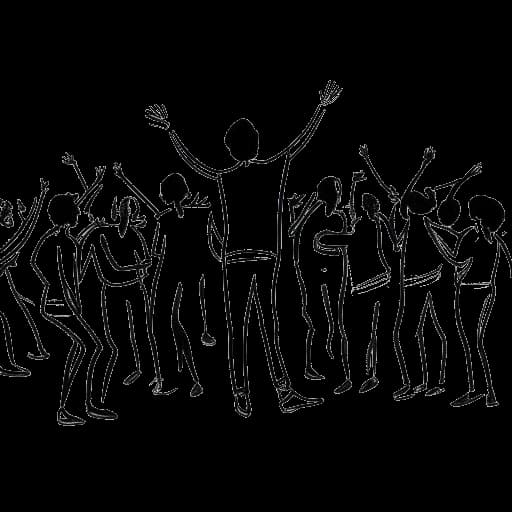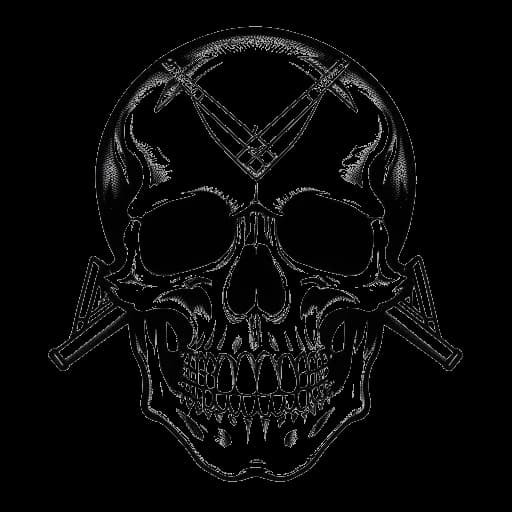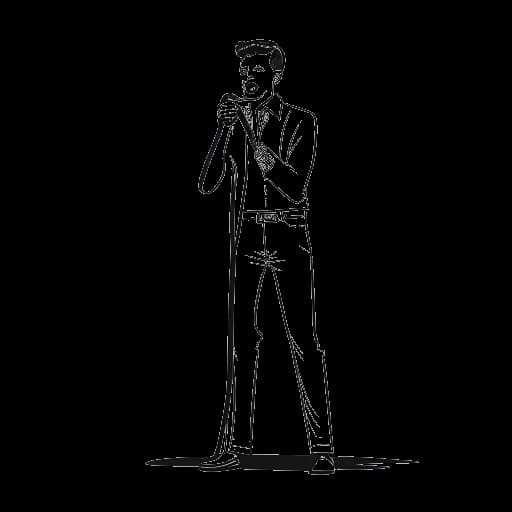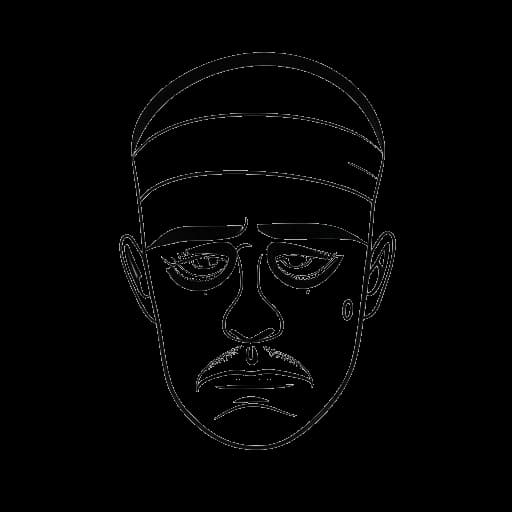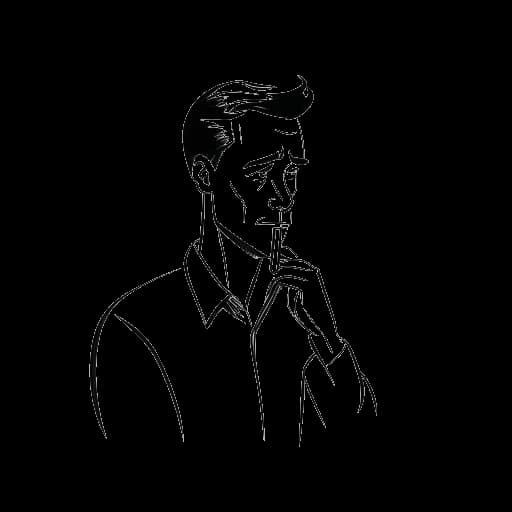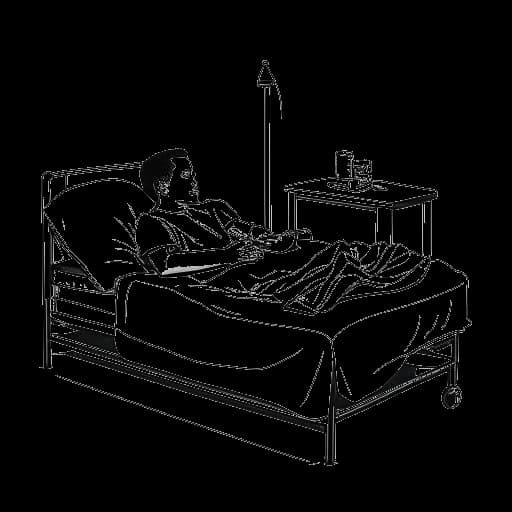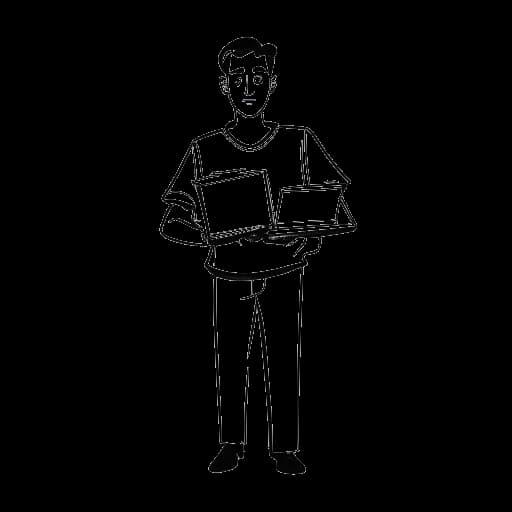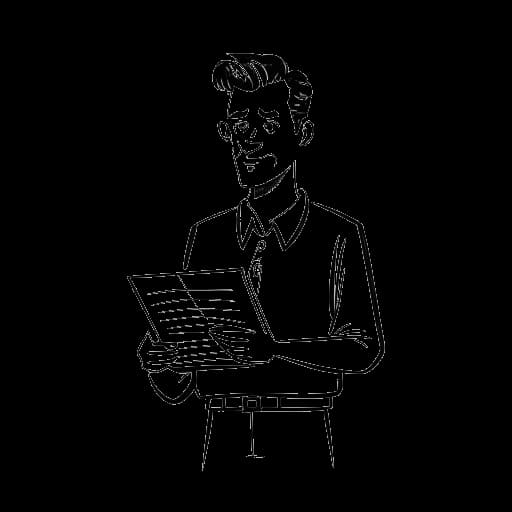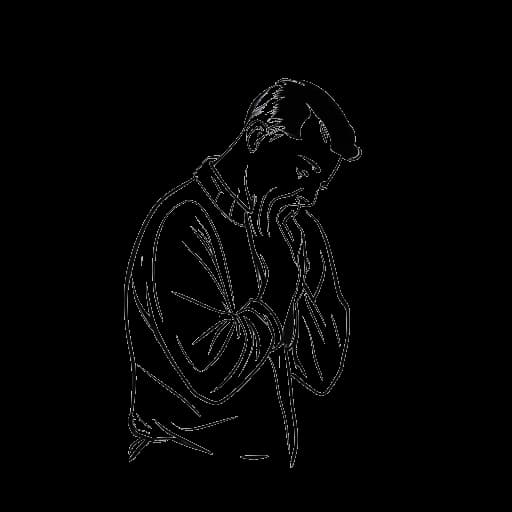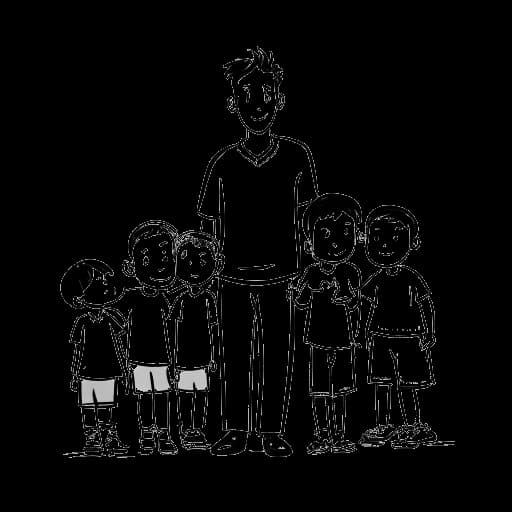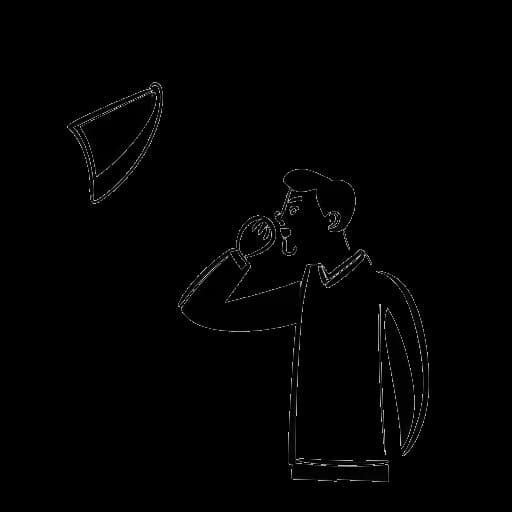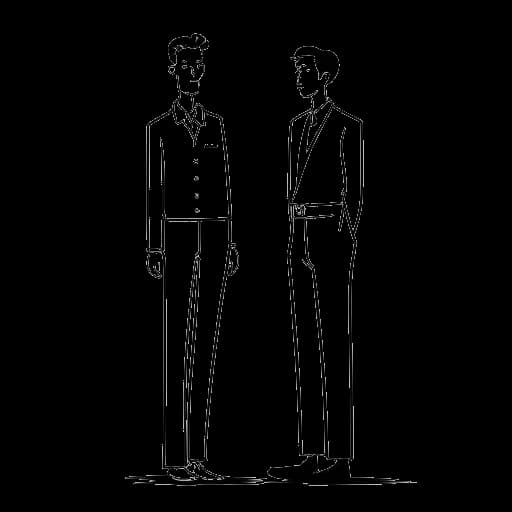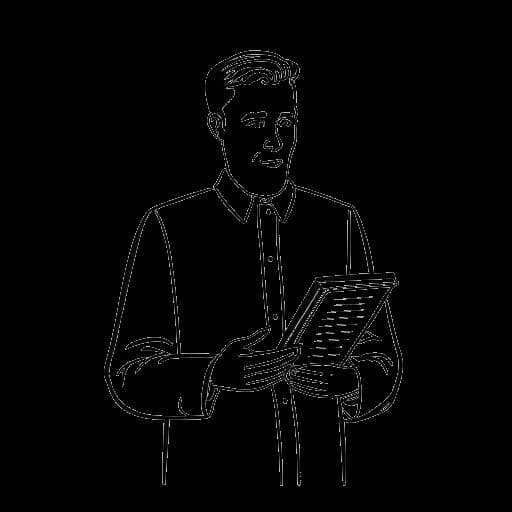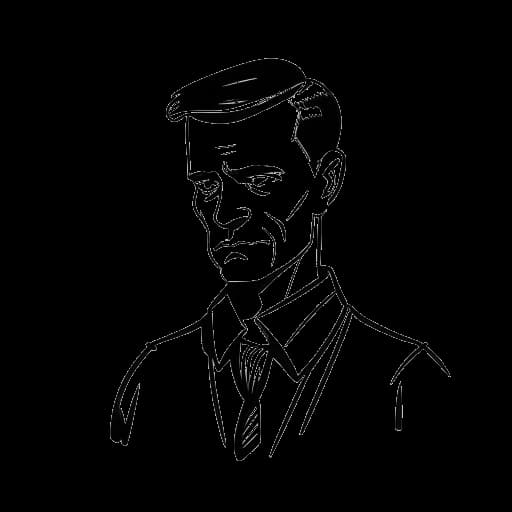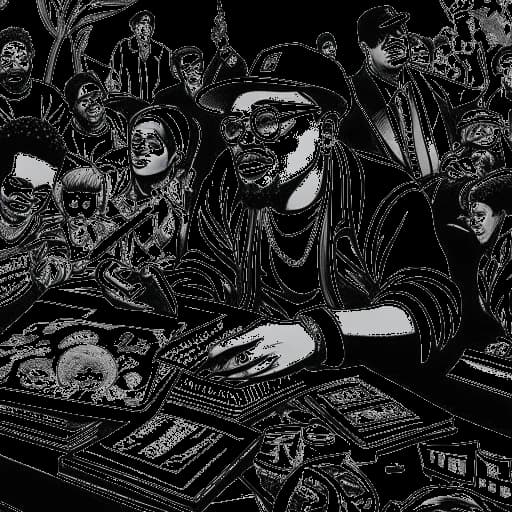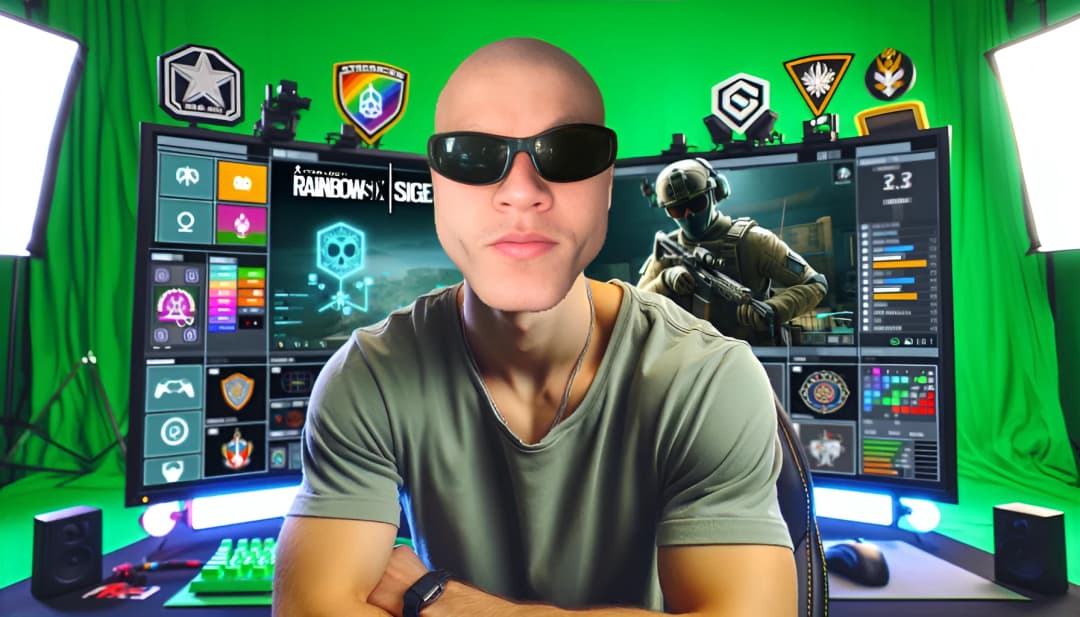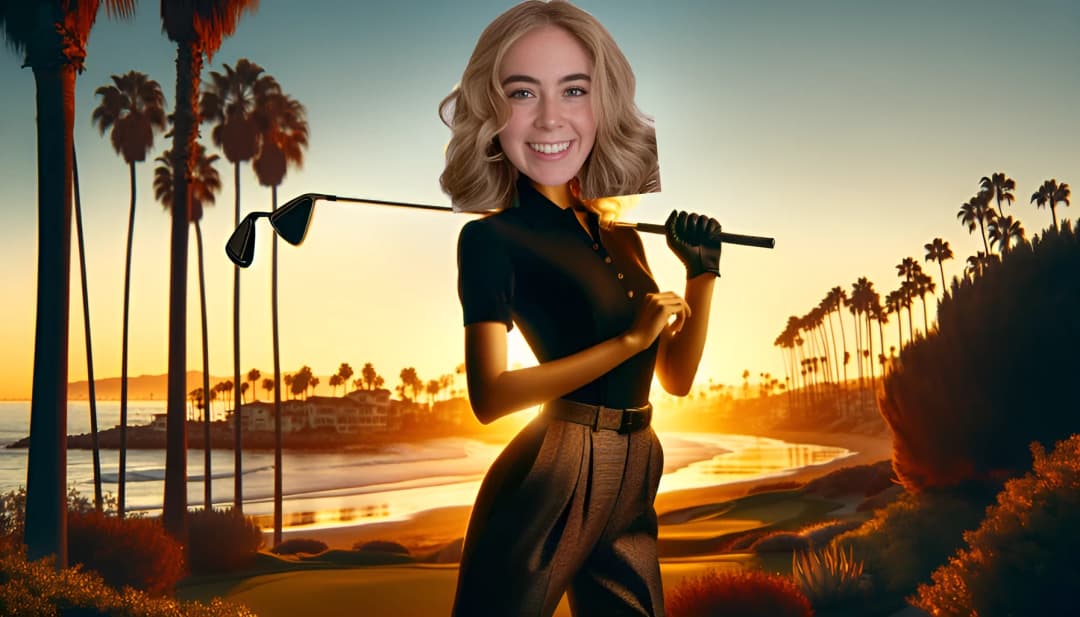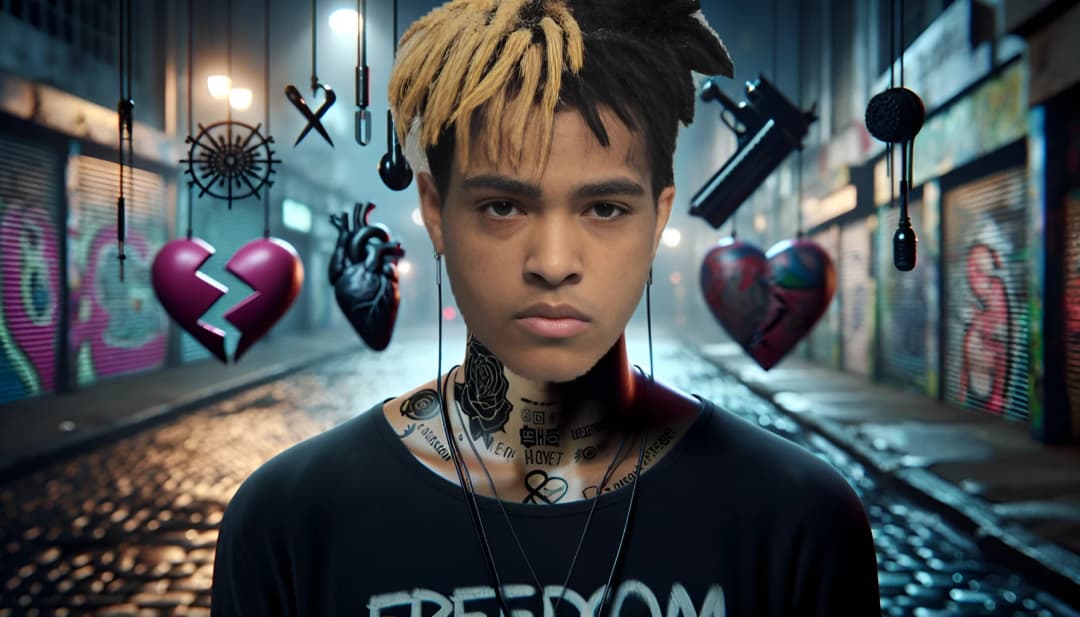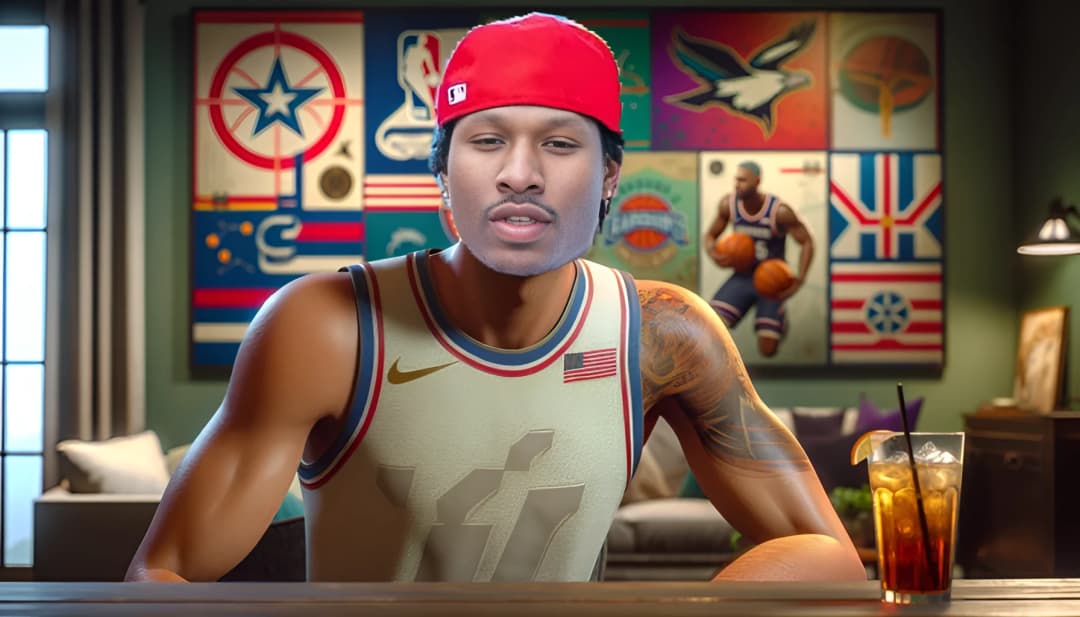Bushwick Bill Biography
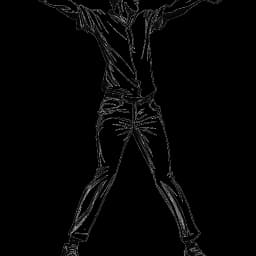
Early Life
Bushwick Bill, born Richard William Stephen Shaw on December 8, 1966, in Kingston, Jamaica, migrated to Brooklyn, New York, with his family in the 1970s. Despite standing at just 3 feet 8 inches tall due to pseudoachondroplasia, a form of dwarfism, he defied expectations by joining the Geto Boys as a dancer and later making a name for himself as a rapper.
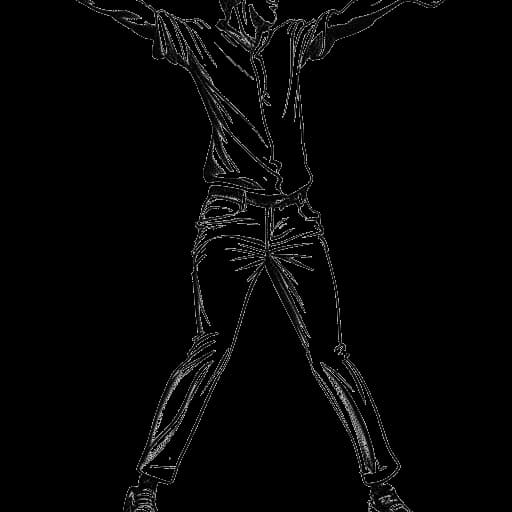
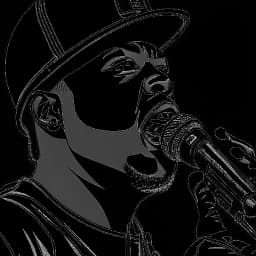
Geto Boys and Solo Career
In the late 1980s, Bushwick Bill transitioned from dancing to rapping and played a vital role in the success of the Geto Boys, particularly with their second album, "Grip It! On That Other Level," released in 1989, which is now considered a horrorcore classic. In 1991, he released his solo debut album, "Little Big Man," while still being part of the Geto Boys. That same year, an accidental shooting incident, where he shot himself in the eye during an altercation with his girlfriend, became part of the iconic cover art for the Geto Boys' album "We Can't Be Stopped."
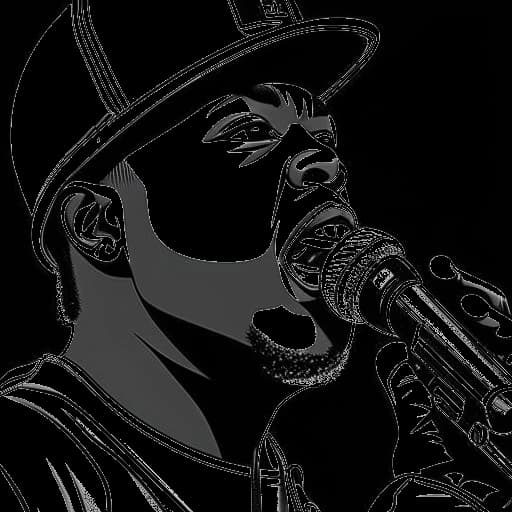
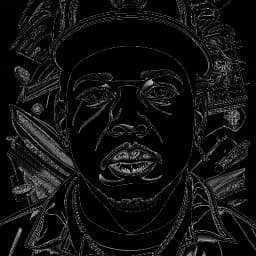
Continued Music Journey
Despite personal struggles, Bushwick Bill continued to pursue his music career by releasing albums like "No Surrender...No Retreat" and "My Testimony of Redemption." In 2005, he reunited with the Geto Boys for a reunion tour and the release of "The Foundation." Alongside his music career, Bushwick Bill also made appearances in films, including "The Life of Joseph W. Coleman" in 2005.
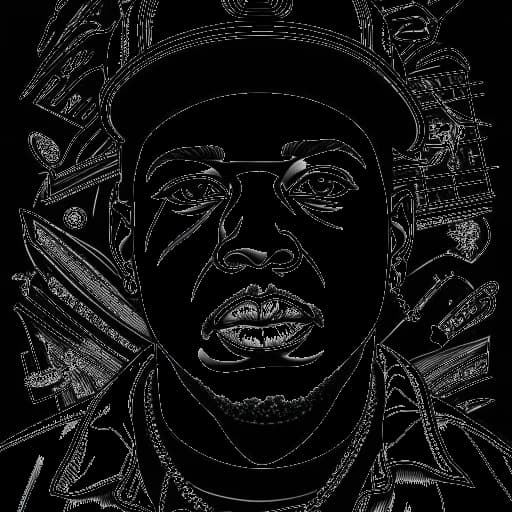
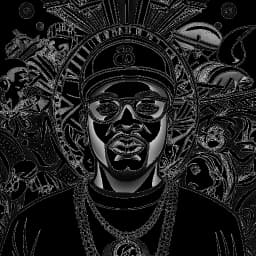
Legacy and Impact
Bushwick Bill's personal life was marked by both triumphs and challenges. The 1991 shooting incident resulted in the loss of his right eye, which had a profound impact on his life. He fathered nine children from different relationships, including his son Richard Shaw Jr. In 2006, he found solace in his Christian faith, becoming a born-again Christian and using his experiences to inspire others. He openly shared his struggles with addiction, depression, and mental health awareness, becoming an advocate for substance abuse and mental health.
